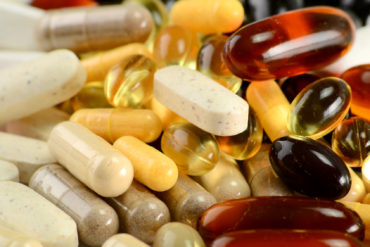Supermarkets were not introduced until the 1960s. Given that just a select variety of foods was available, women in the 1950s had to be more inventive. People were not able to pop to their local take-away or microwave a ready meal.
Hence, meals had to be cooked at home from scratch. This also meant that a great many of the figure-widening additives, like trans fats and salt, we eat so much of today, were avoided. We can be far more inventive with our diets in the ktichen these days and lose weight .
We have many more alternatives: a vegetarian or chicken stir fry or pasta with vegetables are low fat, healthy meals which can be cobbled together very quickly.
For a retro meal, why not make a Woolton pie, a classic 50s dish the Ministry of Food recommended as a nutritious way of using rations. It is comprises of a layer of cooked vegetables, topped with mash and grated cheese.
60 years ago, women were far more active, burning more than 1,000 calories daily on everyday activities. Nowadays we would be lucky to burn that amount of calories due to our far more sedentary lifestyles.
The 50s lady had no access to labour-saving inventions as we have, such as, hoovers, dishwashers, washing machines and driers. There was no shopping online and she was unlikely to have had a car. So that meant she would have to walk to the shops and lug bags of shopping back home.
Lots of families then also grew their food in kitchen gardens, especially vegetables and herbs for cooking. There were one million plus allotments in use in 1950, in contrast to only 250,000 today.
1950s women drank less alcohol which enabled them to booze less than nowadays. Drinking in the home was rare and licensing hours for pubs were restricted. A drink of sherry or gine was acceptable. However, drinking was not considered the social activity as it is today. Binge drinking was practically unheard of. American style coffee bars were de rigeur.
The 1950s diet was healthier. They ate wholemeal bread and semi-skimmed milk which of course you can do today to reduce calories.
Typical meals consisted of:
Breakfast
Cornflakes withsemi-skimmed milk ; poached egg on toast; porridge with fruit; English muffin with low-fat spread and honey; Wholemeal toast with a bit of jam
Lunch
Macaroni cheese made with semi-skimmed milk; toasted cheese and tomato sandwich; cold meat cuts with salad and garden veg; chunky vegetable soup with a granary bap; low-fat cheese and salad; sardines on wholemeal toast
Dinner
Poached haddock with boiled potatoes, green beans and peas; veggie sausages with mash and broccoli; grilled lamb chop with mint sauce, green beans and carrots Woolton; vegetable hotpot, made from any veg you have, thickened with a tin of kidney or cannellini beans pie; vegetables topped with mash and cheese
Snacks
Snacking between meals not as common then as now and is a guranteed way of spoiling your appetite and putting on weight. When people had snacks then they were more likely to be a slice of bread and butter, a cup of tea or some milk.
© Diet.co.uk 2023. All rights reserved.



